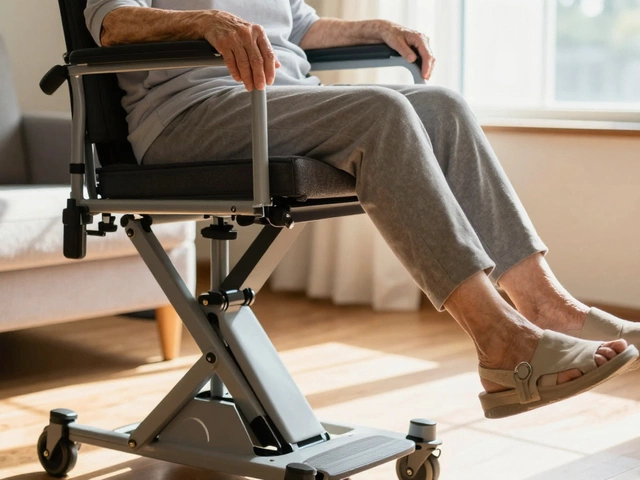Unhealthy Sitting Position: What It Does to You and Simple Fixes
Ever catch yourself slouching at the desk and wonder why your back aches by lunchtime? That’s the unhealthy sitting position calling the shots. It’s not just a comfort issue – it can mess with your spine, digestion, and even mood. The good news? You can flip the script in minutes without buying fancy equipment.
Why the Wrong Posture Feels Bad
When you sit with a hunched back or hips jutting forward, the spine loses its natural curve. Muscles that should be relaxed end up working overtime, leading to tension in the neck, shoulders, and lower back. Over time, this pressure can cause disc wear, reduced circulation, and a drop in energy levels. Even simple tasks like scrolling on your phone can add up if you’re always looking down.
Think of your body as a line of dominoes. One misaligned piece can knock the rest out of place. An unhealthy sitting position also strains the hip flexors, making it harder to stand up straight later. That’s why you might feel stiff after a long meeting or a binge‑watching session.
Quick Fixes to Turn Bad Sitting Into Good Sitting
1. Adjust your chair height. Your feet should rest flat on the floor, knees at a 90‑degree angle. If you can’t reach the floor, use a footrest. This small change opens up your hips and eases lower‑back pressure.
2. Support your lower back. A small pillow or rolled‑up towel behind the small of your back restores the natural curve. Many office chairs have lumbar sliders – pull them in just enough to feel a gentle lift.
3. Keep your screen at eye level. Your monitor’s top should sit just below eye line. If you’re using a laptop, a laptop stand or a stack of books does the trick. This prevents you from craning your neck forward.
4. Mind your armrests. Some people remove armrests to feel less confined, but that can lead to shoulders hunching up. If you keep them, adjust the height so your elbows rest comfortably at a 90‑degree angle.
5. Take micro‑breaks. Every 30‑45 minutes, stand, stretch, or walk for a minute. Simple moves like shoulder rolls, neck stretches, and ankle circles reset circulation and remind your body to stay flexible.
6. Check your desk setup. Your keyboard should be just under your elbows, wrists straight, and mouse close enough to avoid reaching. When everything lines up, you won’t have to lean forward to type.
7. Use a standing desk or sit‑stand timer. If you can, switch between sitting and standing throughout the day. Even a 15‑minute standing block can relieve back pressure.
These tweaks don’t require a remodel. Most can be done with items you already have – a pillow, a book, or a quick chair adjustment. The key is consistency. Make the changes, notice how you feel, and stick with them.
Remember, an unhealthy sitting position isn’t a fate you have to live with. By paying attention to chair height, back support, screen level, and taking short breaks, you’ll feel less sore, more focused, and ready to tackle the day. Try one or two tips today and notice the difference – your body will thank you.
The Most Unhealthy Sitting Position: Avoiding Common Mistakes for Better Health
Sitting incorrectly can have a surprising impact on your health, leading to back pain and fatigue. Discover which sitting position is considered the most unhealthy and learn how to adjust your sitting habits for better posture. Practical tips can help alleviate discomfort while improving your desk setup. Find out how to keep your back in check and maintain a healthier sitting routine.







